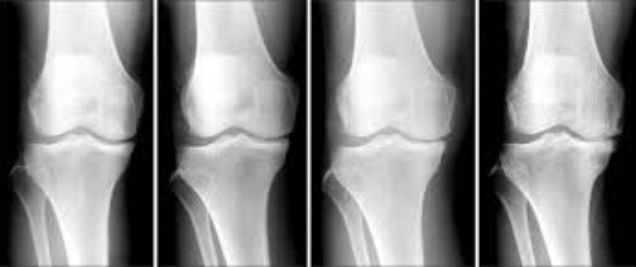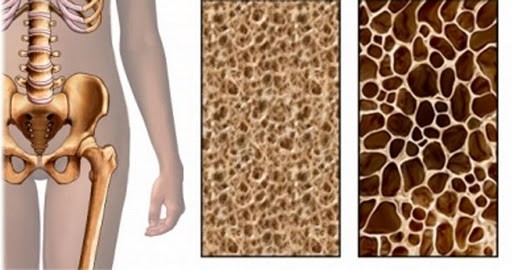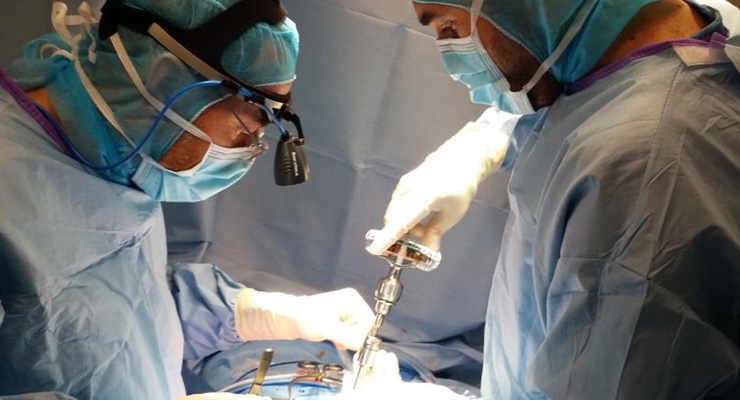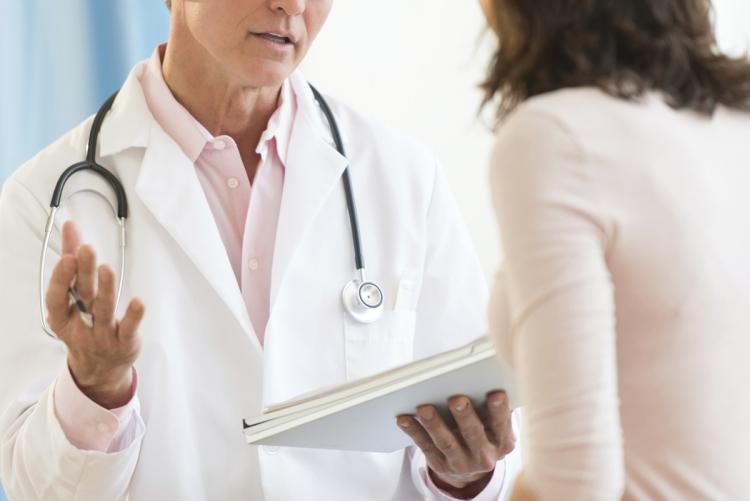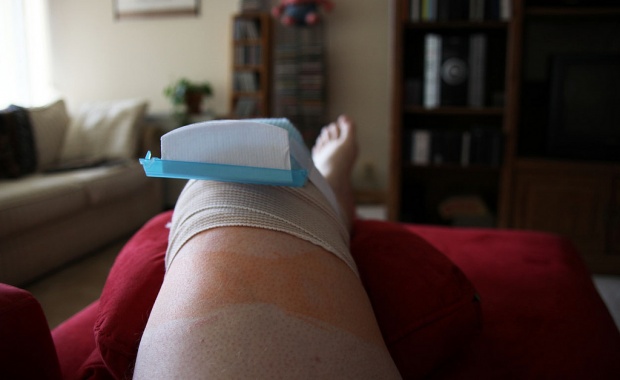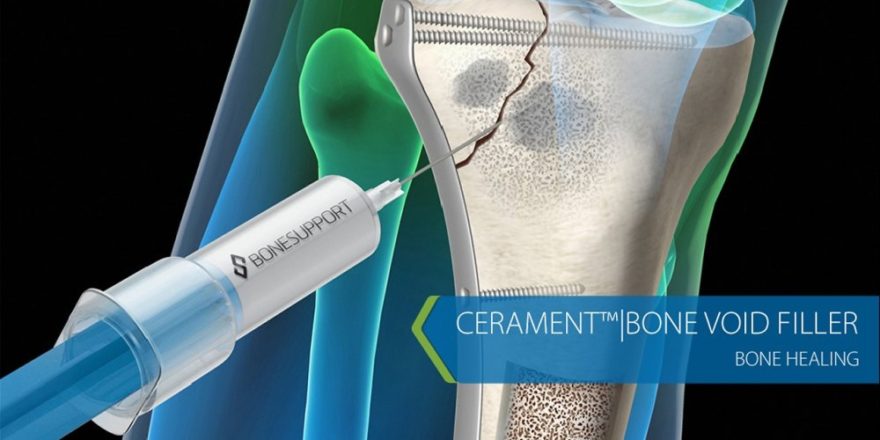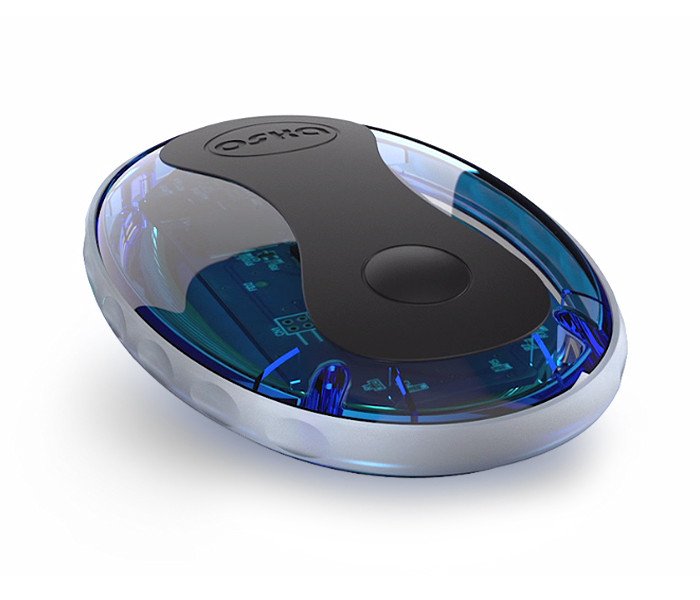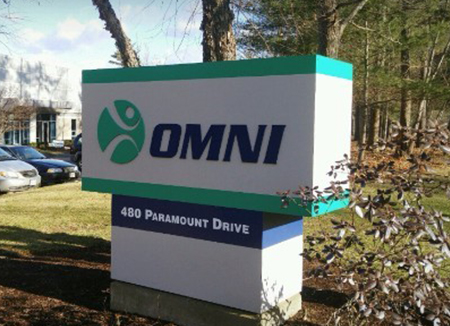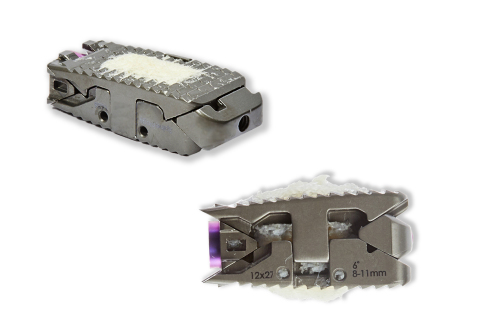SAN DIEGO, March 14, 2017 /PRNewswire-USNewswire/ — In the year prior to total knee replacement (TKR) surgery, almost one-third of the costs for treatment of arthritis symptoms went toward strategies not recommended by the American Academy of Orthopaedic Surgeons (AAOS), according to new research presented today at the 2017 AAOS Annual Meeting. Costs could decrease by an estimated 30 percent if treatments that are not recommended are no longer utilized.
“As we transition to an era of value based health care, it will be important to consider both the quality of our interventions as well as the cost associated with that care,” said study author Nicholas Bedard, MD, an orthopaedic surgeon at the University of Iowa Hospitals & Clinics.
Researchers reviewed Humana Inc. insurance information (both private and Medicare Advantage plans) from 2007 through 2015 on more than 86,000 patients diagnosed with osteoarthritis of the knee, who went on to have TKR within one year. The costs were specifically related to reimbursement for hyaluronic acid (HA) or corticosteroid (CS) injections, physical therapy (PT), braces and wedge insoles, pain medication and non-steroidal anti-inflammatory drugs (NSAIDs). Only three of these treatments—physical therapy, NSAIDs, and the drug tramadol (short-term for severe pain)—are recommended in the AAOS clinical practice guideline (CPG): “Non-arthroplasty Treatment of Osteoarthritis of the Knee.”
The total costs associated with outpatient knee osteoarthritis was $43,582,648. Among the other findings:
- 65.8 percent of the patients (56,960) underwent at least one of the analyzed treatments in the year prior to their TKR.
- The top three most costly treatments were HA injections, CS injections and PT, accounting for 52.6 percent of expenses (excluding hospital or inpatient), total costs of knee osteoarthritis in the year prior to TKR.
- The AAOS recommended treatments—PT, NSAIDs and Tramadol—represented just 11 percent of the total costs; in contrast, 29 percent of the costs were for interventions with strong or moderate recommendations against their use in the AAOS knee CPG.
“We hope that research such as this highlights the high prevalence of low-value interventions in the management of knee osteoarthritis and helps to motivate a transition to higher value care,” said Dr. Bedard.
2017 AAOS Annual Meeting Disclosure Statements
The American Academy of Orthopaedic Surgeons
With more than 39,000 members, the American Academy of Orthopaedic Surgeons (AAOS) is the world’s largest association of musculoskeletal specialists. The AAOS provides education programs for orthopaedic surgeons and allied health professionals, champions and advances the highest musculoskeletal care for patients, and is the authoritative source of information on bone and joint conditions, treatments, and related issues.
Visit AAOS at:
Newsroom.aaos.org for bone and joint health news, stats, facts, images and interview requests.
ANationinMotion.org for inspirational patient stories, and orthopaedic surgeon tips on maintaining bone and joint health, avoiding injuries, treating musculoskeletal conditions and navigating recovery.
Orthoinfo.org for patient information on hundreds of orthopaedic diseases and conditions.
Facebook.com/AAOS1
Twitter.com/AAOS1
CONTACT: Sheryl Cash, 847-384-4032, 847-804-7486, scash@aaos.org; or Lauren Pearson Riley, 847-384-4031, 708-227-1773, pearson@aaos.org
This information is being sent to you by:
American Academy of Orthopaedic Surgeons
9400 W. Higgins Road, Rosemont, IL , 60018,
http://www.aaos.org

